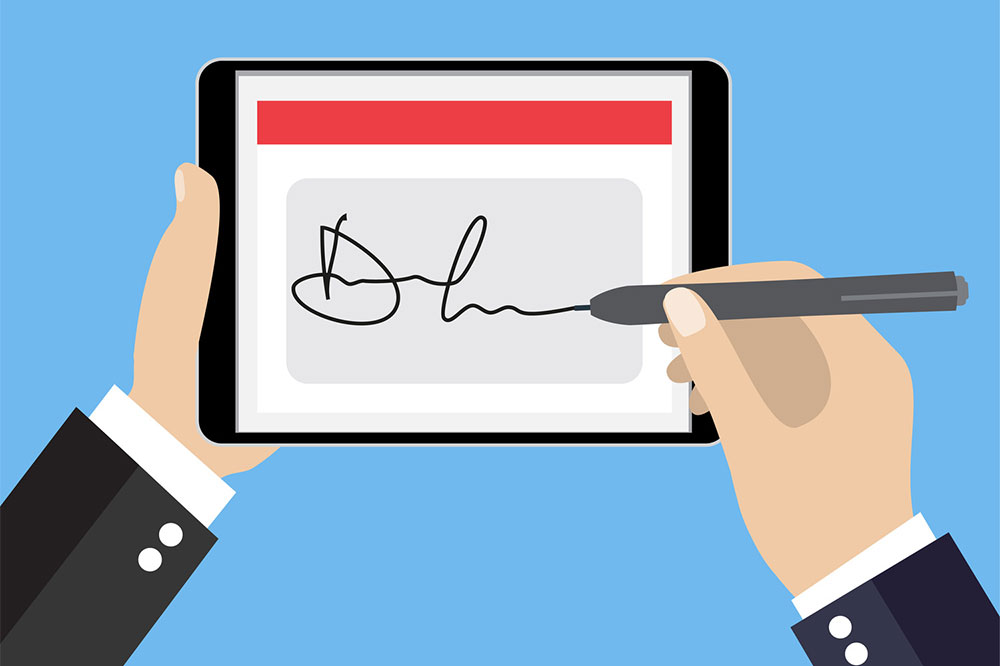Understanding How Digital Signing Software Operates
Discover how digital signing software simplifies document approval processes with secure, efficient, and eco-friendly electronic signatures. Learn about key features, benefits, and top tools used across various industries for seamless legal transactions.

Understanding How Digital Signing Software Operates
Digital signing tools have revolutionized document approval processes, enabling secure and efficient workflows. Instead of printing, scanning, or mailing physical papers, users can now electronically sign important documents and share them instantly. This technology simplifies legal and official transactions, saving time and reducing paper waste. By attaching a digital signature—a unique cryptographic code or image—to a document, signers authenticate their approval seamlessly. These tools are widely used across industries to streamline operations and ensure document integrity.
What is digital signature technology?
Digital signatures involve attaching a secure cryptographic marker to a file, verifying the signer’s identity and ensuring document authenticity and integrity.
What is digital signing software?
It is specialized software that facilitates electronic signing of documents, replacing traditional paper-based methods. These platforms allow users to sign, send, and manage signed files securely, eliminating the need for printing, faxing, or scanning. They are designed to be intuitive, fast, and highly secure, making digital signing convenient for both individuals and organizations.
How does digital signing software operate?
The software enables users to upload documents, prepare them for signing, and send out for approval. It encrypts files during the process, embedding a digital signature that confirms authenticity. Recipients can sign electronically, then return the signed document securely. The software often integrates multiple security layers, including encryption and authentication protocols, to maintain document integrity and prevent tampering.
Difference between digital signature software and electronic signatures
While often used interchangeably, digital signatures typically involve cryptographic encryption to secure documents, whereas electronic signatures may include any digital method of signing. Digital signatures provide higher security and authenticity levels via encryption keys and hash functions, making them suitable for sensitive or legal documents.
Leading digital signing solutions
eSign Genie - Enables organizations to upload, send, and archive signed documents with ease, streamlining approval workflows.
DocuSign - Offers flexible document uploading, customizable signing order, and seamless email notifications, widely adopted across sectors.
SignEasy - A cloud-based platform compatible with various file formats such as PDFs, Word, Excel, and images. It offers customizable templates and supports multiple industries like HR, real estate, and IT.
Physical documents are prone to deterioration over time, making signatures illegible and records difficult to preserve. Digital signatures eliminate these issues, offering a durable, secure, and legally recognized alternative vital for handling sensitive documents.









